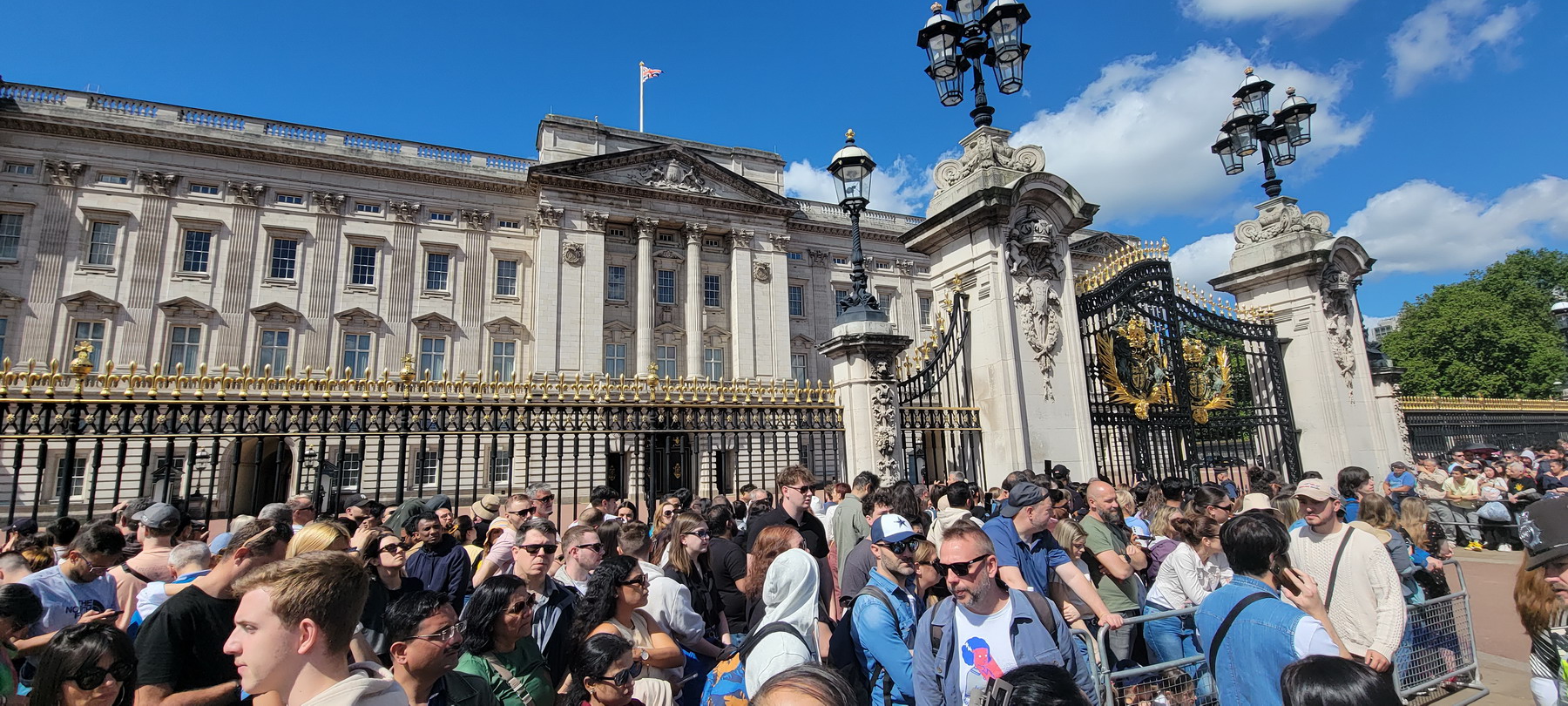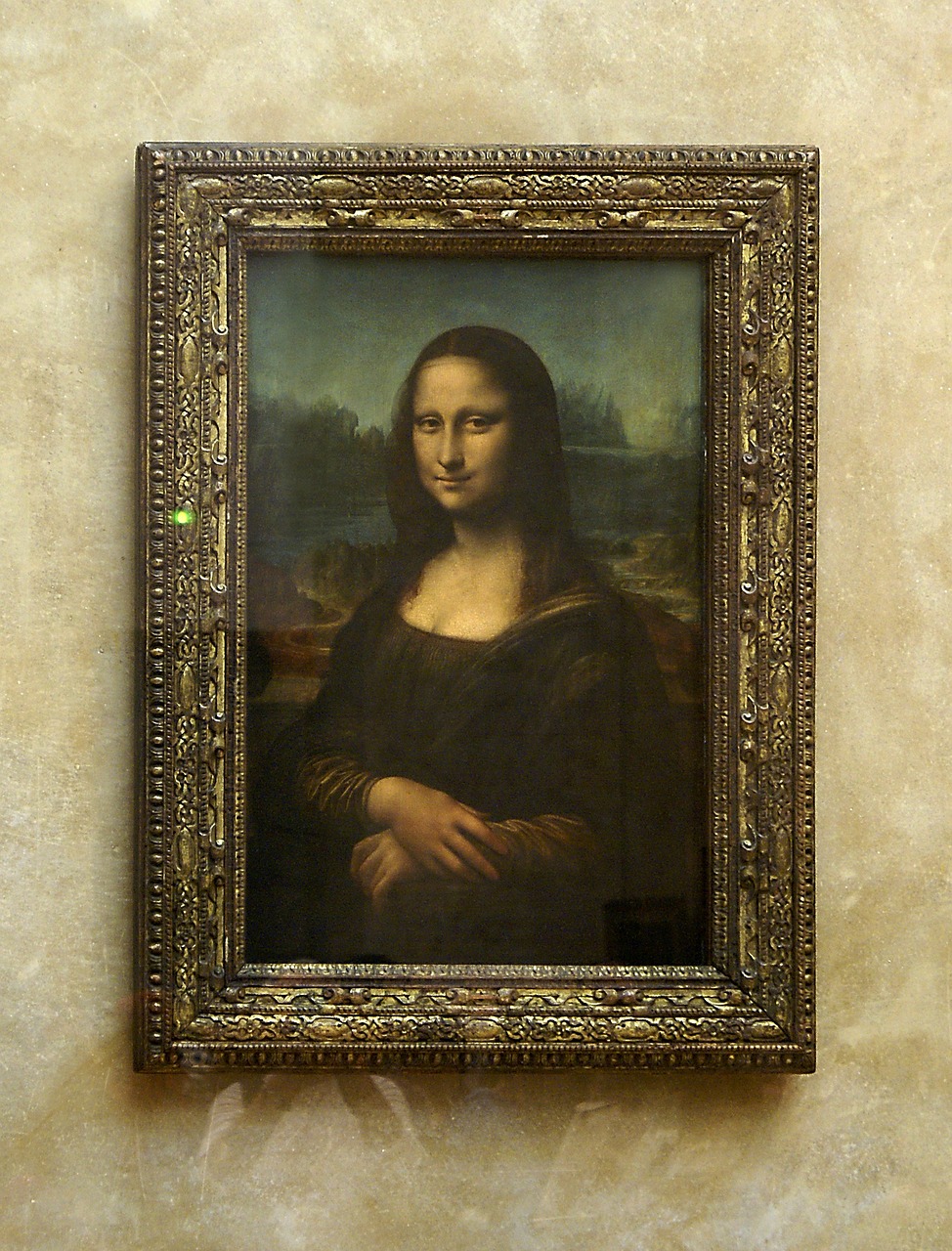It’s regrettable, but every person becomes a victim of deception in one way or another on a daily basis. It could be a small, almost unnoticed lie or much larger manipulations involving our consciousness and bank accounts.
From slight exaggerations in personal qualities on resumes to persistent advertising slogans praising virtues while concealing flaws, and even to fake news on social media, society has grown accustomed to them as routine.
Attempts to improve one’s financial situation through trickery, emptying the wallets of others in the process, are condemned, intercepted, and punished by the state. However, some schemers are impossible not to admire. Their brilliant execution of conceived scams makes one wonder whether to consider the mastermind behind the act a fraudster or an unrecognized genius? So, here are the top 5 greatest fraudsters in history.
1: Sale of Landmarks
To amass a fortune, all one needs is charisma and eloquence. That’s all the young Englishman Arthur Ferguson had. Once he managed to earn a bit of money. Without hesitation, he invested all his funds in an expensive suit and hat to look presentable.

Then he began arranging meetings with businessmen and offered them the opportunity to purchase some iconic architectural landmark into private ownership. Initially, it was Nelson’s Column, then the Tower, Buckingham Palace, Westminster Abbey, and other English landmarks.
Arthur Ferguson convinced potential buyers that he was an official representative authorized to conduct secret negotiations. Allegedly, the maintenance of the object was becoming too costly for the government, so it was ready to transfer the architectural monument into worthy hands.
Mr. Ferguson never insisted on full payment upfront; he only took a deposit from his clients. And quietly disappeared.
Yet greed ruined Arthur, like many others. He was caught and prosecuted. The Englishman didn’t deny his guilt, simply explaining his actions: “I thirsted to understand if there is a limit to human stupidity.”
2: Fake Pilot, Doctor, and Prosecutor
This scam is familiar to many thanks to Steven Spielberg’s film “Catch Me If You Can,” based on real events, starring Leonardo DiCaprio. Frank Abagnale began his ascent to the fraudulent Olympus with simple forgery of bank drafts.
Success in this venture prompted the trickster to an interesting idea: he made a fake pilot’s license for himself, even received the uniform of Pan Am, and traveled the world without spending a penny. All expenses of Mr. Abagnale for flights, accommodation, and meals were charged to the “employers” or paid with counterfeit checks.
Then, using the same scheme, Frank availed himself of free medical insurance and other social benefits, posing as the head of the pediatric department. But this wasn’t enough for the fraudster – he decided to pass himself off as a prosecutor in Louisiana. For this, Abagnale needed to forge a Harvard diploma and pass the exam for professional suitability.
Frank Abagnale was caught thanks to the vigilance of a citizen who recognized him as a wanted man. It was a very high-profile trial; 26 countries demanded his extradition for the crimes he had committed.
3: Illusion on Wall Street
It is said that the perfect swindler must have an impeccable reputation. Thanks to Bernard Madoff’s ability to create such a perfect image for himself and his company, his corporation was considered one of the most reliable on Wall Street. The trust rating among shareholders was so high that for 10 years, not only individual wealthy individuals but also financial structures, banks, and even governments invested in it.
During this time, Bernard Madoff earned $60 million in net profit, which he spent as he pleased. To the credit of the Wall Street financier, a significant portion of these funds was spent on charity, scientific and artistic development, and expensive life-saving surgeries for the less fortunate.
However, when the truth was revealed, the philanthropic deeds of the Wall Street financier did not save him. According to U.S. laws, Mr. Madoff was convicted and sentenced to 150 years in prison.
Later, a scheme very similar to Bernard Madoff’s financial pyramid was used by Sergey Mavrodi in building his “MMM.”
4: Thief in Art
Art lovers include thieves as well. They, more than anyone else, not only know the real value of a painting but also know how to sell it for many times its worth. This is demonstrated by the story of Argentine Eduardo de Valfierno. Posing as a titled aristocrat, he repeatedly visited the Louvre and was known as a true art connoisseur.

But in reality, in the museum, the gentleman was not so much admiring the paintings as he was gaining trust and devising a brilliantly simple plan – he intended to steal Leonardo da Vinci’s “Mona Lisa.”
Eduardo found performers willing to do all the dirty work for him. Among the hired individuals was a Louvre employee who smuggled the “Mona Lisa” out under his coat and handed it over to de Valfierno.
But the full depth of the scheme was revealed much later. It turned out that the gentleman had ordered a talented artist to create six copies of the painting. He then sold each of them for enormous sums, passing them off as the stolen original.
5: Phantom Island
But not all schemers strive to increase their capital. Some of them find fame much more interesting. This was the case with George Psalmanazar, who invented such an incredible story that even scholarly men unquestionably believed it. He claimed to have arrived from the distant island of Formosa, where he had spent ten terrible years in captivity. According to him, cartographers had made a glaring mistake by not marking a huge piece of land on geographical maps.
The adventurer convinced everyone that reaching Formosa from the outside was practically impossible, and his supposed escape from there was a real miracle. Psalmanazar asserted that the tradition and culture of the island’s natives were so unique that they required thorough study.
As the only European who had been to those lands, he became an expert, a sought-after specialist in this field. George was invited to give lectures, he even published his book, and taught those interested in the script of the islanders.
Perhaps this deception would have been uncovered much later if Mr. Psalmanazar himself hadn’t grown tired of all the fuss and confessed that it was all a hoax and there was no such island of Formosa in nature.
